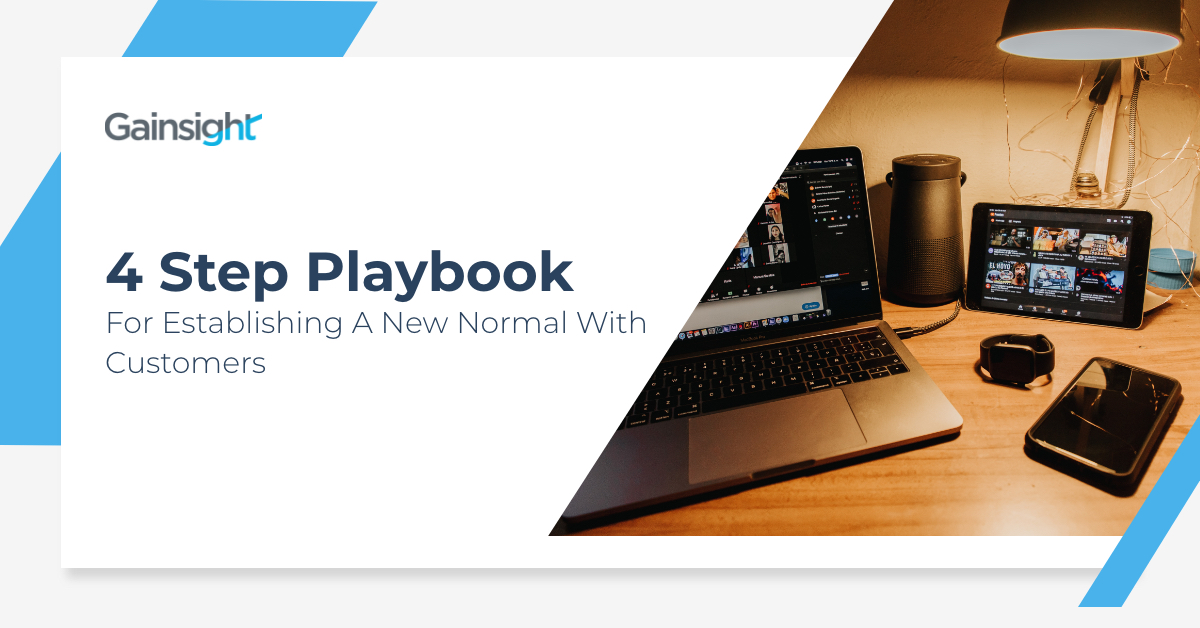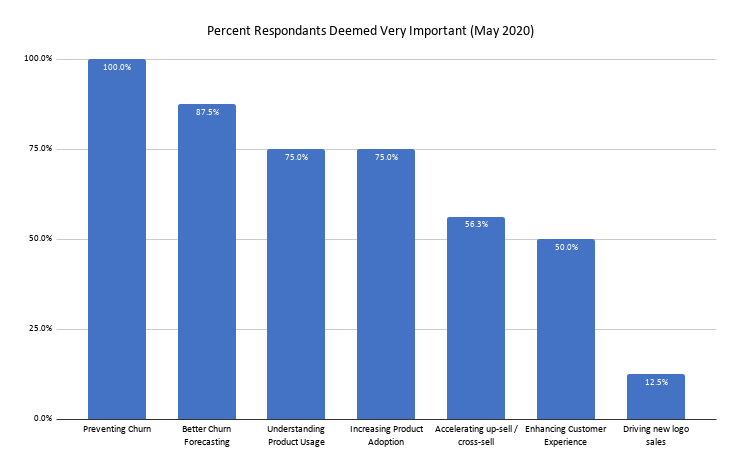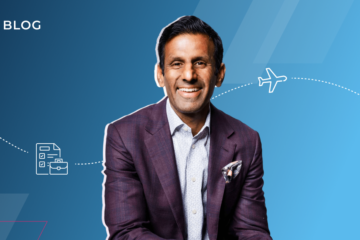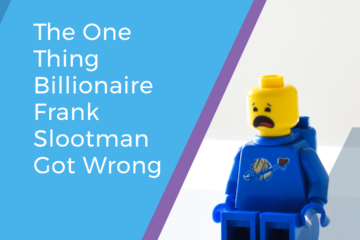4 Step Playbook for Establishing A New Normal With Customers

“Reopening.” That word brings up so many feelings for people right now: excitement, hope, fear, doubt. Are we bouncing back in a “V shape?” Or is our opening going to lead to another closing in the dreaded form of a “W?”
Regardless, business leaders right now must confront the realities in front of them. They must determine how to open their offices and declare when employees can return to work. They have to update their hiring and spending plans to capture the rebound in progress. And they have to determine what to do about customers.
Luckily, many CEOs and executives used the last few months to get ready for scaling with their clients. As an example, I emailed the CEO of a late-stage SaaS company a few weeks ago to check on how things are going given COVID-19. His response:
“Dude the things we’re doing in CS these days – and Gainsight is absolutely key to making it happen – are so freakin great. We’ve talked about CS moving from reactive to proactive (who hasn’t?) for years. In the last 30 days, it’s just …. happened! So great.”
And it seems like CXOs are feeling “cautiously optimistic” about their existing clients. We surveyed top SaaS company CXOs in mid-March (at the beginning of the crisis in the US) and again in early June. What we found is that companies still have headwinds with respect to their customers, but they aren’t as significant as before. Companies expect an uptick in churn in 2020 but not as bad as they were predicting in March. They also foresee a continued challenge in terms of customers “downselling” to reduce spend.
These same businesses view “retention is the new growth” and expect to drive the majority of their bookings from keeping and growing existing clients, versus landing new ones.

At the same time, businesses are still reluctant to ramp up in hiring. So how can they scale to drive business from existing customers without throwing people at it? In our experience, we are seeing companies employ the following 4 strategies to map to the above four priorities:
1. Preventing Churn: Moving from Usage to Value
In good times, customers buy technology because it’s “cool.” In tough times, they only renew products that add value. While the early days of Customer Success were all about product usage (“are they logging in?”), sophisticated Customer Success operations have implemented a Success Planning process. They capture the client’s desired outcomes during the sales process and then use Success Plans to drive the entire post-sale motion toward the clients’ goals. Then, during the next Executive Business Review, the conversation isn’t about features and functions but is instead about the value the vendor drove for the client.
2. Better Churn Forecasting: Early Renewal and Stakeholder Alignment
If there’s one word I’ve heard more than others in terms of the COVID-19 approach to CS, it’s “early.” You need to get to clients even earlier in terms of conversations around renewal and expansion. Wait too long and the decision will have already been made. In particular, we are seeing companies upgrade their approach to renewal forecasting as well as investing more time and process in terms of tracking the clients’ organizational chart and key stakeholders.
3. Understanding Product Usage: Product Telemetry
The dirty secret in SaaS is many SaaS companies still operate like on-premise software companies. While they technically could see how their clients use their software, they aren’t set up to easily get the data. This problem during the boom times was significant. But during the downturn, since “downsell” is such a big issue, having a blindspot to adoption can cause your whole business to crash. Every credible cloud business is using the downturn to make sure they have instrumented their product for visibility into usage and adoption so they exit understanding the true trajectory of their product.
4. Increasing Product Adoption: Implementing “Tech Touch”
Because companies are hesitant to scale up their teams, they are in a bit of a quandary. How do they increase adoption without hiring more CSMs? Companies are using this time to finally employ technology to help scale Customer Success. Many are designing integrated “journeys” for key moments in the customer lifecycle – onboarding, adoption, renewal, etc. And they are using a digital-first approach, where they instrument the journey through automated emails and in-product messages and then leverage CSMs as the exception rather than the rule. Through this, they can focus their internal team on high-value clients and then leverage technology to cover the rest of the base.
Conclusion
While the reopening is still pretty “iffy,” the needs of customers are becoming clearer every day. Freezing is no longer an option. At the same time, employing the old “boom time” playbooks is not prudent. Savvy leaders are finding a way to navigate and scale efficiency during these challenging times.



